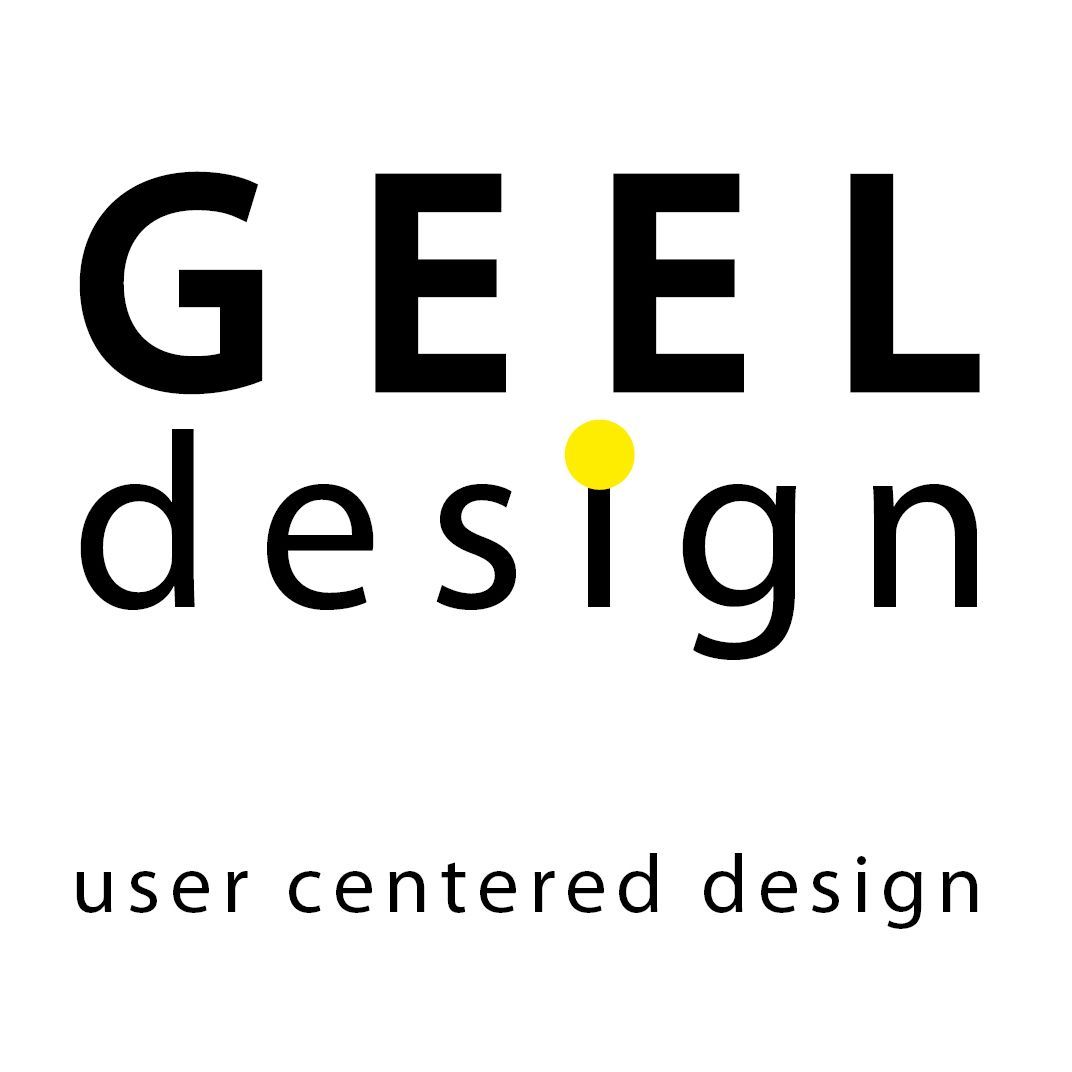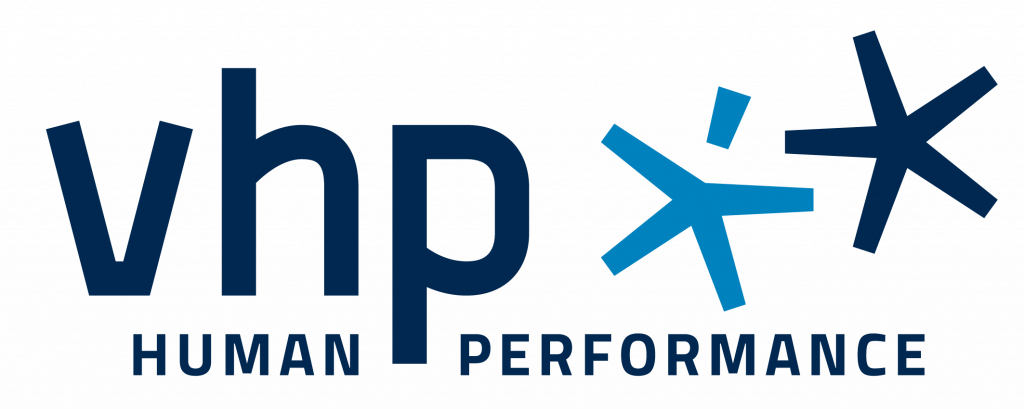Geel Design stands for User Centered Design
Control Rooms
A control room is a complex working environment. By starting with a good analysis, all dilemmas are discussed at an early stage.
Renewing your control room should ideally be a rare occurrence, typically once every 15-20 years, given the substantial costs involved. It's imperative to get everything right the first time. Geel Design's approach is designed to address all critical aspects early in the process. We actively involve end users throughout, fostering a collaborative effort to achieve an optimal design.
The design of a control room is considered optimal when it is based on the work processes and tasks to be performed, communication lines, sight lines, and logistics. An effective workplace is achieved when all equipment is logically arranged.
To attain an optimal control room, we follow a series of customized steps in collaboration with management and a user group. These steps are tailored to the specific requirements of each project.
General approach:
- Site visit - Every project begins with a site visit during which we meet the user group and familiarize ourselves with the current way of working (if possible).
- Vision and ambition - We hold a session to define the vision and ambition for the future control room, in collaboration with operational management.
- Task analysis - We conduct one or more sessions to define design requirements, in collaboration with the user group and management. These requirements are based on tasks, collaboration, concentration, sightlines, logistics, etc.
- Functional Design - Based on the vision and analysis, we create different design and workplace options by constructing a virtual 3D model. Together with the user group and management, we make a well-founded choice based on the design requirements.
- Functional Program of Requirements - This includes a report containing relevant requirements from ergonomic standards regarding the workplace (e.g., sit-stand workplace, height adjustment of worktops and screens, free leg space, etc.), along with a description of the Functional Design.
Experience in the chemical industry, VCA VOL certified.
Experience with bridge operation and ship layout.
Experience with camera surveillance areas.
User interfaces
The trick is to show only the information necessary to perform the tasks.
User interfaces are easy to use if they are suitable for the intended tasks and workflow, if they are easy to operate, match the user's expectations and if making mistakes is not a problem. The trick is to show only the information necessary to perform the tasks.
To achieve an optimal user interface, we go through a number of steps together with management and the user group. The steps are custom-defined for each project.
General approach:
- Site visit - Every project begins with a site visit during which we meet the user group and familiarize ourselves with the current way of working (if possible).
- Vision and ambition - We hold a session to define the vision and ambition for the future user interface, in collaboration with management.
- Task analysis - We conduct one or more sessions to define design requirements in collaboration with the user group and management. These requirements are based on user types, tasks, workflows, information needs, etc.
- Functional Design - A working prototype is created based on the vision and analysis. This prototype is tested with the user group and management to ensure that users understand what they are getting and have sufficient options to make adjustments at an early stage.
- Functional Program of Requirements - This includes a report containing relevant requirements from ergonomic standards regarding user interfaces, along with a description of the Functional Design.
Experience in the chemical industry with the user interface of DCS systems.
Experience with the user interface of bridge control.
Experience with the user interface of security management systems
Product design
An anthropometry study helps to tailor the product to the entire target group.
Products are pleasant to use when they are positioned within sight and reach, when they are pleasant to hold, easy to operate and easy to read. It is complex to come to an optimal design for a large target group with a lot of variation in body dimensions.
To achieve an optimal product, we go through a number of steps together with management and the user group. The steps are custom-defined for each project.
General approach:
- Site visit - Every project begins with a site visit during which we meet the user group and familiarize ourselves with the current way of working (if possible).
- Vision and ambition - We hold a session to define the vision and ambition for the future products, in collaboration with management.
- Task analysis - We conduct one or more sessions to define design requirements in collaboration with the user group and management. These requirements are based on work setting, tasks, operation, and readability, among other factors.
- Functional Design - Based on the vision and analysis, we create different design options for the product using a virtual 3D model. Together with the user group and management, we make a well-founded choice based on the design requirements.
- Functional Program of Requirements - This includes a report containing relevant requirements from ergonomic standards regarding the product, along with a description of the Functional Design.
Experience with product design in the medical sector.




